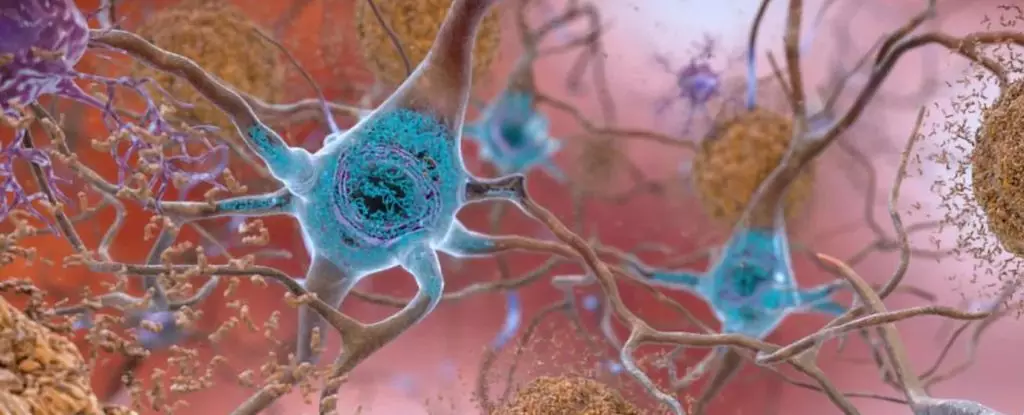Recent research has shed new light on the intricate relationship between certain lipid molecules and brain health, particularly regarding a molecule known as BMP (bis(monoacylglycero)phosphate). Despite BMP being a lipid itself, it functions similarly to a garbage collector by scavenging and managing other lipids in the brain. This dual role raises significant questions about how BMP persists and functions in lipid metabolism when it is inherently subjected to the same degradation processes as other fats. For over fifty years, scientists have struggled to unravel the mystery surrounding BMP’s remarkable stability and its broader implications for neurodegenerative diseases, including various forms of dementia.
In a groundbreaking study led by cell biologist Shubham Singh and his team at the Sloan Kettering Institute, the mechanisms by which BMP avoids being broken down alongside other fat molecules have come to light. Their research highlights the pivotal role of a pair of enzymes—PLD3 and PLD4—in establishing BMP’s distinct structure within cellular environments. These findings reveal that BMP has an atypical molecular orientation, known as ‘left-handedness’, which sets it apart from the predominant ‘right-handed’ configurations observed in most lipids. This unique characteristic appears to be integral to its functionality and longevity in brain cells.
The connection between BMP and the onset of dementia is particularly concerning, especially given the increasing global prevalence of the condition. Epidemiological studies show more than 10 million cases of dementia are diagnosed each year, afflicted individuals often suffer from memory loss, confusion, and significant communication challenges. Notably, reduced levels of BMP have been observed in patients with frontotemporal dementia, paving the way for an accumulation of sugary lipids called gangliosides. At elevated levels, gangliosides can be neurotoxic, leading to neuronal degeneration and a condition known as gangliosidosis.
The implications of BMP’s stability and its interaction with these unhealthy lipids underscore the urgency of focusing on lipid management in cognitive disorders. Singh’s research indicates that introducing BMP to cells affected by gangliosidosis has led to observable recovery, hinting that BMP plays a role in neuronal health and suggesting a potential therapeutic avenue.
Exploring the production of BMP unveils a fascinating layer of complexity within lipid biochemistry. The conversion of the standard glycerol 3-phosphate molecule into BMP through the action of PLD3 and PLD4 emphasizes the importance of molecular handedness in biochemical reactions. The landmark realization that previously believed alternative pathways for BMP production were incorrect opens new doors for understanding lipid biosynthesis and its implications for neurodegenerative diseases.
Changes in the expression of these enzymes can interfere with BMP production, as seen with a mutated variant of PLD3, which has been linked to Alzheimer’s. This connection raises alarming questions about whether genetic factors influencing these enzymes could predispose individuals to lipid dysregulation, potentially leading to cognitive decline.
The complexity of dementia encompasses a multitude of biological pathways, many of which remain poorly understood. The dissemination of knowledge surrounding BMP is a crucial step toward realizing effective management strategies for dementia. Singh’s findings contribute to a growing body of evidence that suggests a link between lipid metabolism and neurodegenerative diseases. While much work remains to be done, the interplay between BMP and gangliosides serves as a promising focal point for future research efforts.
An elucidation of the basic structures, functions, and interactions of lipids within the brain will further our capacity to uncover prevention mechanisms and therapies for some of the most challenging neurological conditions we face today. In unraveling this multilayered mystery, scientists continue to enhance our understanding of the human brain and the underlying processes that govern its health and decline.


Leave a Reply